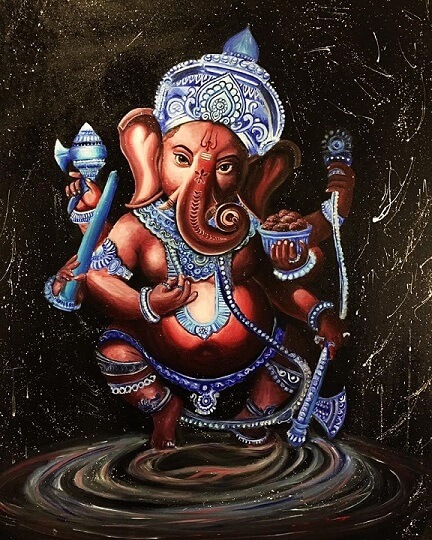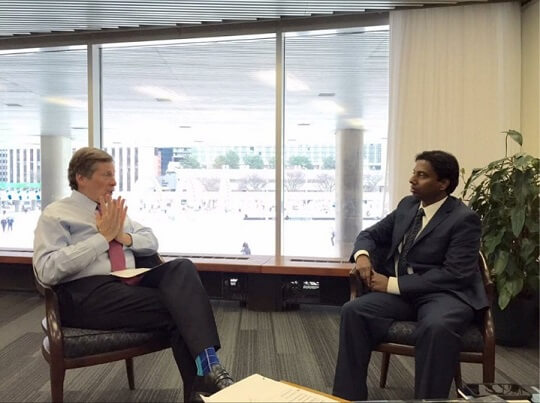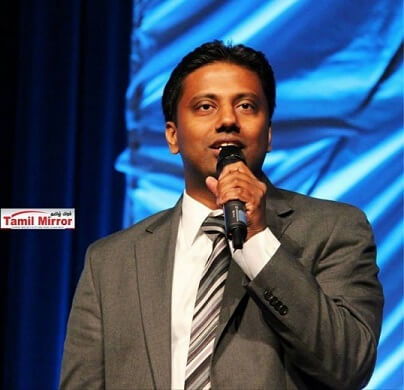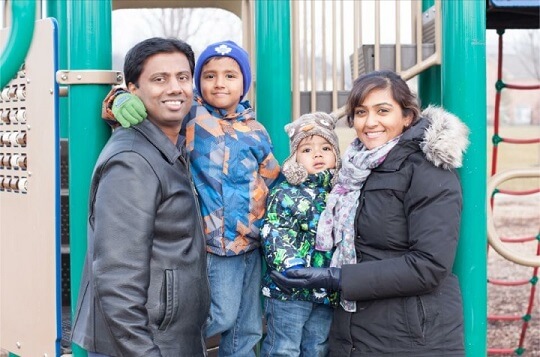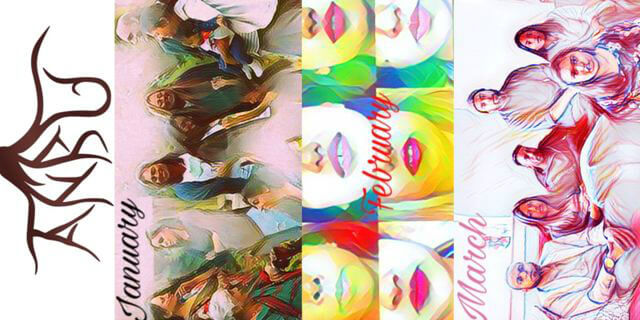From the age of seven, dark clouds would follow me around. That’s when it all began, a haunting nightmare that would leave my eyes soaked in tears. I would wake up with an intense feeling of loneliness. Although closing my eyes was frightening, keeping them open was another battle. I would desperately try to hold onto any shred of reality as if I was drowning and gasping for air.
I had a tendency to dissociate frequently, feeling like I had no control over my body. I felt like I was nothing more than a voice; a voice lost in a vast space of emptiness, a voice that was fading away deeper and deeper into my mind. The lack of control in my life ultimately spread into my mind like an infectious virus. I was left completely helpless with a mind that was plagued with suicidal thoughts.
Although I couldn’t talk to anyone else about it, I would express myself through doodles that contained hidden messages. This gave me an opportunity to talk to someone – myself. Even though the voice in my head was the only thing I was able to consistently identify with, I was lost so deep into my mind that it had lost its connection to my vocal cords. Thus, loneliness became my only real friend.
Anger suddenly began creeping through my veins, slowly taking over my body. I was becoming an angry child with a very bad temper tantrum. I would break things in the house when I couldn’t control my anger.
Growing up, I was rebellious and often committed petty crimes. However, it wasn’t until I turned fourteen that I was arrested for the first time, and convicted on my first set of charges. In actuality, I had no involvement in that particular incident. This experience reinforced my assumptions that life was unfair and this world was a cruel place. Although, I was innocent the first time around, I was guilty of all my subsequent charges. I was guilty of having a mind that was poisoned with anger and hatred.
I started off consuming alcohol recreationally, but I became increasingly dependent on it. The alcohol really helped me cope because it made the pain bearable. At the same time, it kept me stuck in a negative mental state. I couldn’t handle the overwhelming negative emotions when I was sober. Hence, I would turn to alcohol for comfort, and as I sobered up, I found my life unbearable again. This led to more and more drinking, turning into a never ending cycle.
At the same time, my anger was starting to surface more readily; I was losing my inhibition and becoming more impulsive. Consequently, I became much more reactive and violent. I started noticing that as the intensity of my anger would build up, after a point it would transform into rage. Thereafter, I would feel like I had no control over my actions.
I would see myself choking him, trying to rip out his trachea. I couldn’t understand what would come over me. In the heat of the moment, I didn’t care. All the anger and hatred couldn’t be contained anymore. Growing up feeling like this life wasn’t worth living, I had nothing to lose. I didn’t have anything to live for.
Happiness to me was the elusive wind, which I constantly chased. As much as I tried I could never grasp it.
On my desperate search for happiness, I set my eyes on love. She was like an angel sent from the heavens to rescue me from my misery, or I thought. Can she look into my eyes and see a wounded seven year old? Would she be able to console this naive little boy, and tell him that it wasn’t his fault?
It was uplifting to think that someone might be able to see me for who I really was, and actually understand me- I wasn’t a monster. I was wounded and defensive, willing to do anything to protect myself. I really wanted her to see me beyond this physical world, I wished she had the ability to delve into my mind and understand why I was the way I was. I wanted her to know that I was afraid of the dark, afraid of all the monsters lurking in every corner of my mind. If only she knew how much these monsters would taunt me. As much as I tried to get away from them, I just couldn’t.
Fortunately for her, she couldn’t see the monsters that were chasing me. She only saw the monster running towards her. In short of tearing my heart apart to show her, as much as I tried she wasn’t able to understand me. How could I blame her? I couldn’t understand myself.
There was a hole in my heart that just couldn’t be filled. As much as she tried, it just wasn’t enough. This hole became more like a vacuum. It started to suck all the colours out of my life. The world around me seemed dull and empty. It seems obvious now, she was never meant to be the source of my happiness.
Eventually, I got tired of running. I stopped and looked up at the dark clouds. It became apparent that they would always catch up to me. I stood there, soaked in the rain, wondering if my emotions even mattered. It didn’t seem like anyone really cared. My tears would mingle with the rain drops and vanish. There, I realized the insignificance of my life.
How can I outcry the rain? As I stood there devastated, time seemed to stretch. Everything slowed down, and everywhere I looked I saw my own reflection staring back at me in every raindrop.
I never had the courage to confront myself, but now I found myself forced to face my monsters. What was I running away from? I had always tried to find happiness from an outside source but I never thought to ask why I was so unhappy. It became more apparent that I was looking for answers in the wrong direction. Little did I know that the answers were actually buried deep within my own mind, secretly held by my inner voice, which was nowhere to be found. A voice that I had lost as a child was now buried under years of memories. I repeatedly chose to drown out the remnants of this voice with alcohol. In spite of all this, this voice still kept crying out for help.
Although the cry was subtle enough that it never got the attention of my conscious mind, it was intense enough that the sound vibrated throughout my body and manifested itself in various areas of my life. It brought me to that very moment in time in which I was forced to stare down the depth of my despair, into the abyss.
As I stood there, I heard the cry. It was echoing along the walls of the pit. The sound of the cry amplified, and the vibration shattered the edges of the wall. The ground beneath me began cracking. My world was gradually falling apart.
There was an implosion of darkness that consumed everything. Everything, except a speck of hope that was visible as a torch. The flame of the torch shone brightly among the darkness. I grabbed the torch and held onto it tightly as it guided me through the darkness of my mind.
As I kept walking, the voice got louder and louder, but I still didn’t know where it was coming from. I followed the trail led by the voice, and I came across a wailing little boy sitting in a corner. He was sobbing with his head down. I sat beside him quietly, and gave him my shoulder. Acknowledging my support, he whispered into my ears in shame. He was describing his experience of sexual abuse. He had been molested.
This child’s innocence was robbed at a young age, a crime that left him faceless. His image was unrecognizable to me. He feared the world wouldn’t accept him. To his dismay he never expected that I wouldn’t accept him. This child was a part of me, and I was ashamed of him.
His ability to trust people with his naive little heart was directly correlated to my inability to trust people. All his fears and sadness had boiled into my anger. His suffering left a wound in my heart that never healed. I ignored this wound for a long time, not realizing how infectious it was.
Yes, I was sexually abused as a child. It didn’t feel like sexual abuse at the time, it seemed more like a game. A game, where a seven year old sucks an older male’s penis.
I couldn’t understand what was happening at the time or the emotional turmoil I would be experiencing for years to come. I was ashamed of my own vulnerability.
Over the years, I struggled with an identity crisis; I was broken down into fragments with no coherent sense of self. My own body started attacking me with various unpleasant sensations. Intrusive thoughts invaded the barriers of my mind; these monsters had no mercy, and I had nowhere to hide. There was no sense of safety. I was a hostage within my own mind and body. The worst part was that I felt like I couldn’t do anything about it, no matter how hard I tried. I truly believed that I was stuck, frozen in space and time – a helpless victim of fate.
It was through the anger that I was able to experience a sense of control with the ability to direct myself through force. It was the rage that gave me a sense of power in a mind where I truly felt powerless.
As I stared back at the child, I saw innocence in his eyes. This feeble child was unable to understand the complexities of this world; he was not at the center of this universe. Everything that happened in his life was not his doing. He failed to realize that there was a whole world outside of his mind that he did not have much control over. He internalized his experiences and saw it as his own fault. How could it be his fault? He was just a naive little boy.
This child had been crying out for my help all this time, needing me to acknowledge his pain. I refused to give him that satisfaction until all I could feel was his pain.
My memories were spinning all around me. I sat in a corner of my mind as I watched my life rewind before my eyes. As a child, I didn’t know how to handle my circumstances and I didn’t have the support I needed to manage myself. Unable to tolerate all the chaos, I adapted to the circumstances as best as I could. However, these coping mechanisms proved to be unhealthy and counterproductive to the life I wanted to lead.
The light of the flame gradually infused into my wound and began the healing process. I would come to learn this the hard way; healing wasn’t a linear pathway. It wasn’t akin to walking from point A to B. It was more of a challenging journey with many unpleasant moments.
However, I was determined to continue this journey regardless of the obstacles I encountered. I made a commitment to myself to never turn back. I started following the pathway that was unfolding before my eyes as the light continuously illuminated it. In the process, I started to understand myself better and learned effective ways to manage myself.
My emotions were no longer something that hijacked my body and crippled me; I started gaining control over myself by learning to regulate my emotions. I no longer felt the need to escape my body as I learned to tolerate the sensations I experienced. This not only gave me a sense of control over myself, ultimately, it gave me a sense of control over my life.
I learned that it’s not what happens in my life that determines my emotions, rather it is my mental response to the external circumstances. Also, by learning to tolerate the unpleasant sensations, I became less likely to react impulsively to situations and more likely to take the opportunity to appraise the situation constructively.
I realized the rage I experienced was triggered when I felt mentally trapped – ultimately when I felt helpless. Ironically, the more reactive I was, the less control I truly possessed over my life. Thus, reacting impulsively to situations kept me a victim of my circumstances.
While it is true that I will not have complete control over various events that will occur in my life, I do have the power to choose my responses appropriately. This might not seem like much at first, but I soon realized it was where my true power would be in directing my life.
My life is an accumulation of infinitely small moments, and how I choose to respond in each moment will ultimately reflect the overall trajectory. I realize I have the power to change the direction of my life in each moment. As a human being, I have the potential to learn and grow. Even through my mistakes, I can learn and increase my capacity to respond more appropriately. I feel more empowered knowing I have a sense of control over myself.
I continued my journey until I came across a tunnel. The tunnel had a narrow opening, but I was able to see light on the other side. I started crawling towards the light, but I stopped and threw my torch back inside. I was hoping to set all my old memories on fire, burning away the existence of ever having a past.
The flame of the torch went out as soon as it hit the surface. The torch, representing therapy, did not make me forget my childhood experiences. I couldn’t change the past, but I did have the choice to make peace with it. Ultimately, I had the choice to make peace with myself. As I understood myself better, I was able to be more compassionate with myself. I learned to love myself and accept myself for who I was.
I turned back towards the light, and kept crawling. The tunnel was a passage way out of my mind and back into reality.
I opened my eyes to a world of new possibilities. I stood there alone under the bright blue sky, surrounded by rays of sunshine. The dark clouds finally cleared up, and I felt the warmth of the sunshine stimulate my skin. My body was overcome with a sense of vigor, and I had a new zest for life. Realizing how far I had come with myself, I experienced a sense of joy. Having crawled out from the depths of despair, I felt indestructible. I felt an inner strength that was ready to challenge any obstacles that came my way.
Surprisingly, I no longer felt lonely. Even as I was standing alone, I felt connected to something beyond myself. As I began to see beyond my own suffering, I was able to acknowledge that there were others suffering as well – I was not alone. By loving myself and accepting myself with all my imperfections, I gained the strength to love others and empathize with their struggles. Being compassionate with others allowed me to acknowledge my shared humanity. I was never alone, but I couldn’t understand that earlier because I was too overwhelmed by my own pain.
I began walking forward in my life with the firm belief that regardless of what happens, I will survive. I am now confident in my ability to handle the circumstances that I will encounter. Even if I am unable to cope well at the time, I have found the strength to seek out the resources that I need in order to manage myself better.
I have committed to weave through each moment of my life narrating a story of empowerment as opposed to a powerless victim. I am neither a static entity, nor are my circumstances permanent. This understanding has allowed me to transcend my perceived limitations and constantly strive towards manifesting my dreams into reality. Remembering that my life is an interplay between the events that happen to me and my responses to them, I can now start to appreciate my life as a work of art.
Artwork: Elaha Hosseiny
Related Articles:
EAT, SLEEP, RAPE, REPEAT
United, We Are Stronger
The post The Masterpiece appeared first on TamilCulture.com.
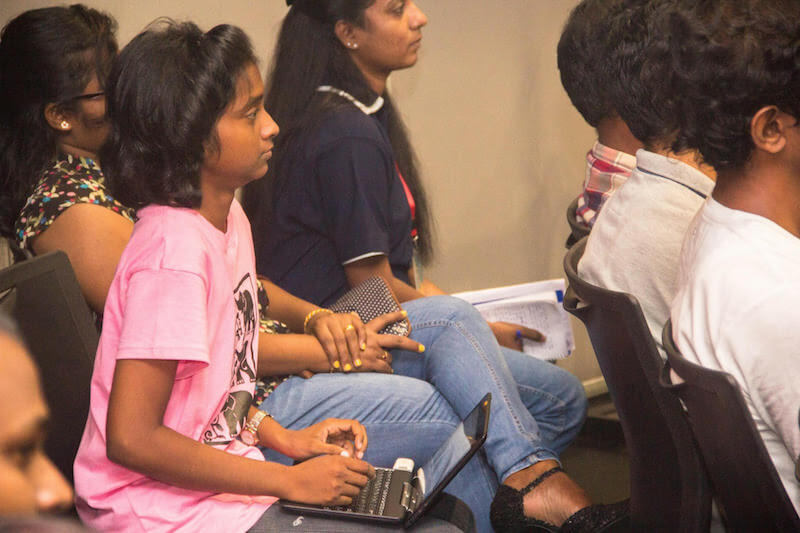

















 For new and young professionals to discover, connect, and explore their heritage and history in the North and East of Sri Lanka. Successful applicants will pre-plan a project prior to their arrival in Sri Lanka, do a high-intensity implementation over a four-week period on the ground in the Northern and Eastern provinces, and continue evaluation upon their return to Canada.
For new and young professionals to discover, connect, and explore their heritage and history in the North and East of Sri Lanka. Successful applicants will pre-plan a project prior to their arrival in Sri Lanka, do a high-intensity implementation over a four-week period on the ground in the Northern and Eastern provinces, and continue evaluation upon their return to Canada. For experienced STEM entrepreneurs and executives to mentor and coach emerging entrepreneurs in the Northern Province on starting and growing their businesses. The program will take place via Skype/telephony channels with the option for mentor to travel to Sri Lanka in 2017 for a start-up summit.
For experienced STEM entrepreneurs and executives to mentor and coach emerging entrepreneurs in the Northern Province on starting and growing their businesses. The program will take place via Skype/telephony channels with the option for mentor to travel to Sri Lanka in 2017 for a start-up summit. For retired professionals and seniors to return to their home communities or adjoining communities in the North and East to provide advice and support on the implementation of local partner projects.
For retired professionals and seniors to return to their home communities or adjoining communities in the North and East to provide advice and support on the implementation of local partner projects.



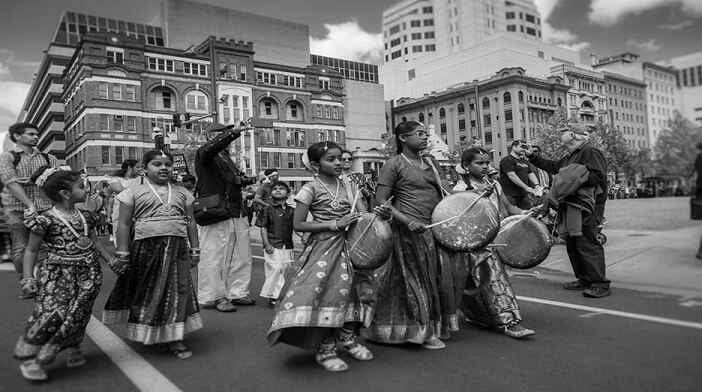
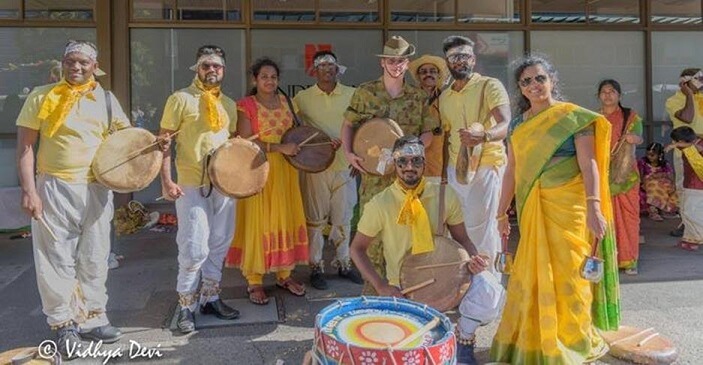


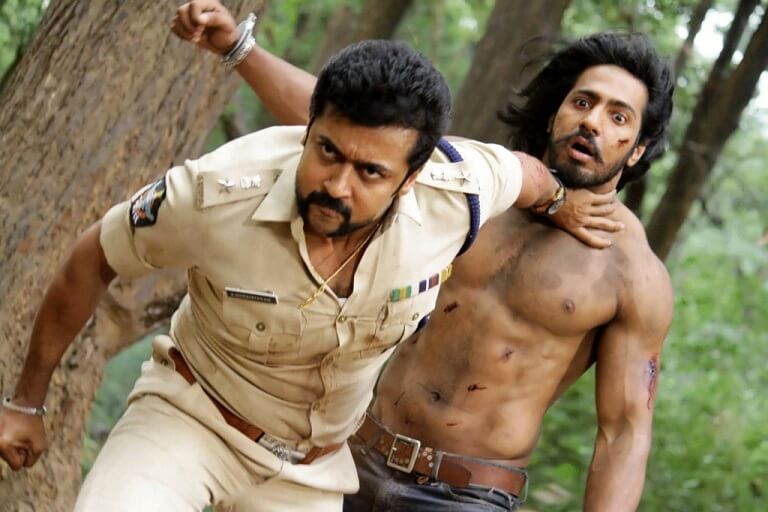
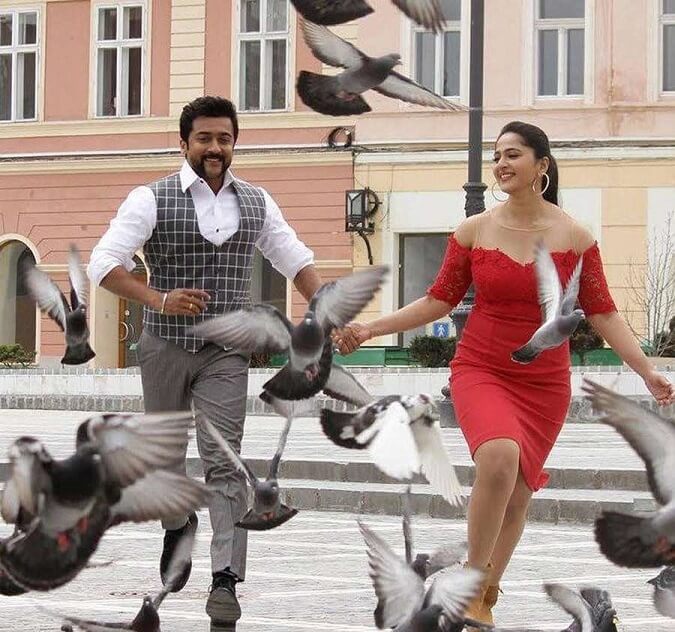






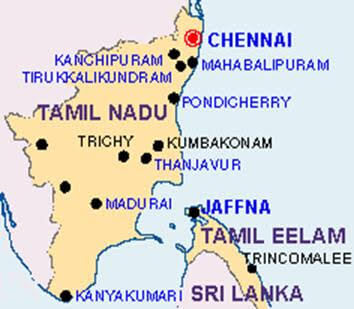
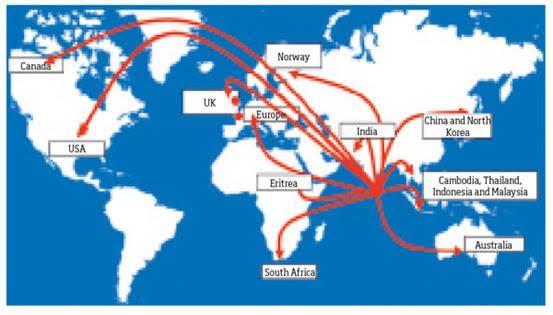
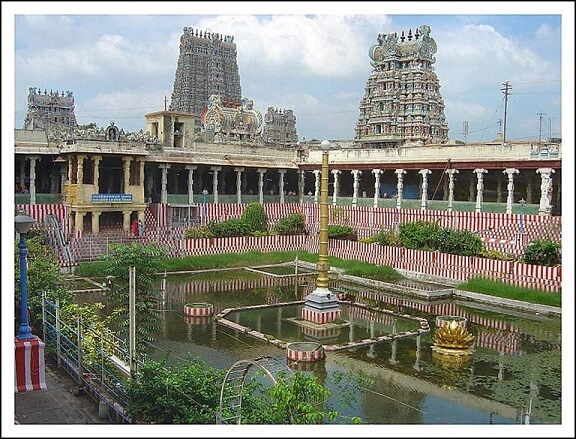



 “Merku Thodarchi Malai”
“Merku Thodarchi Malai”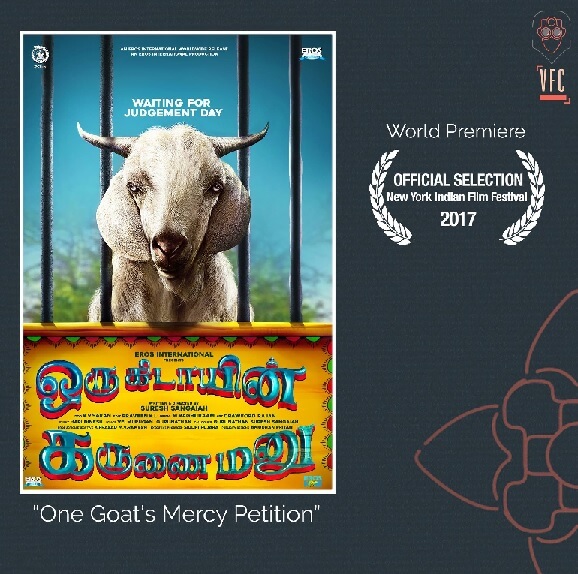 “Oru Kidayin Karunai Manu”
“Oru Kidayin Karunai Manu” 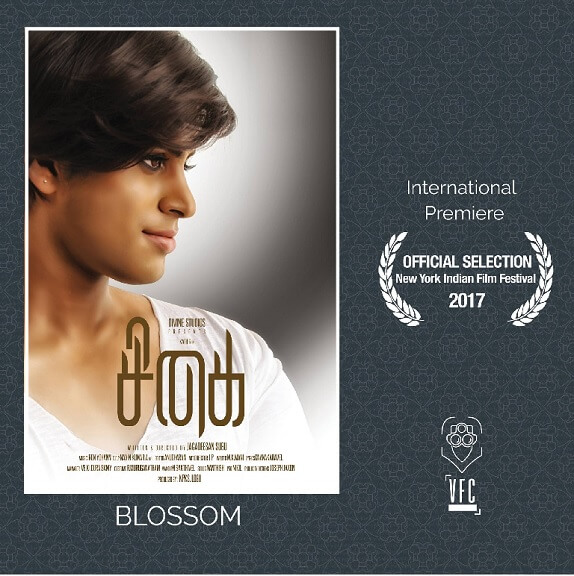 SIGAI
SIGAI







